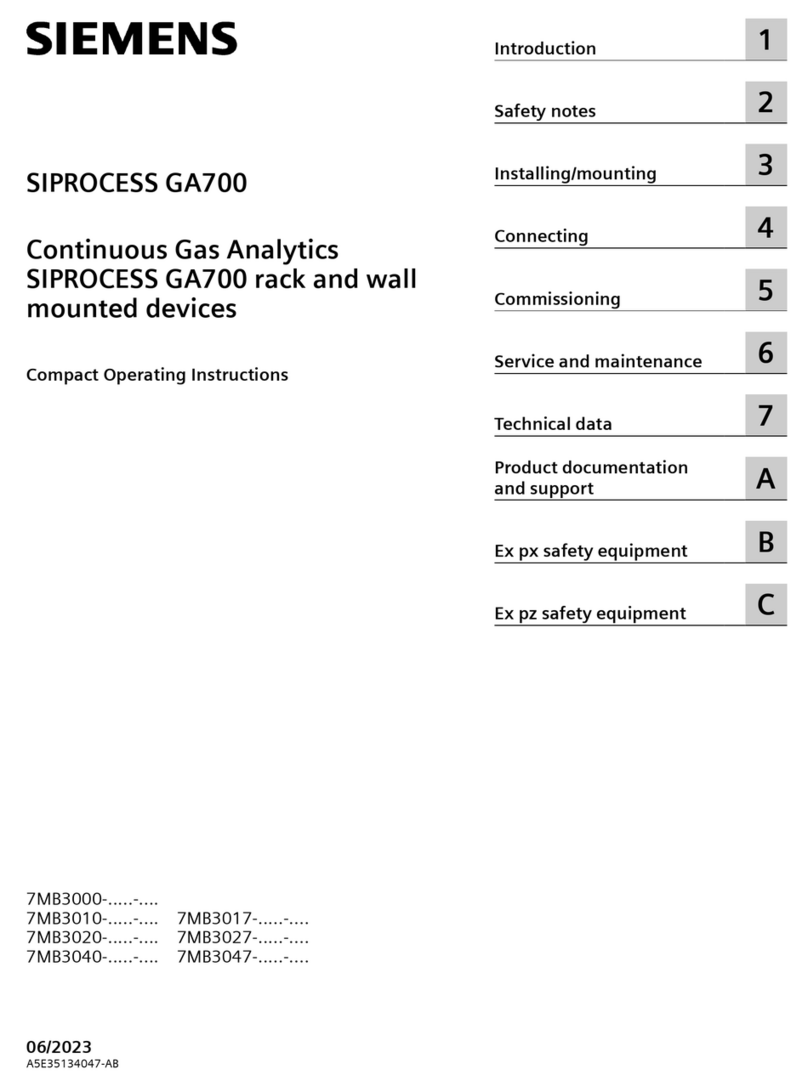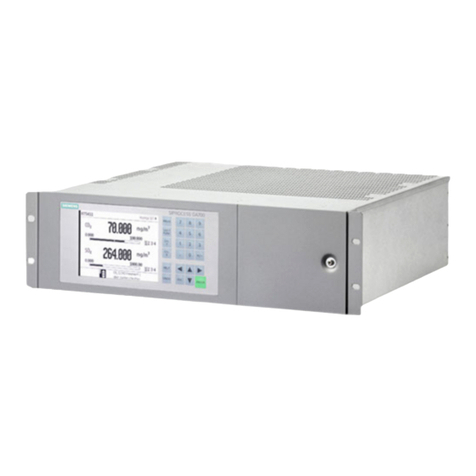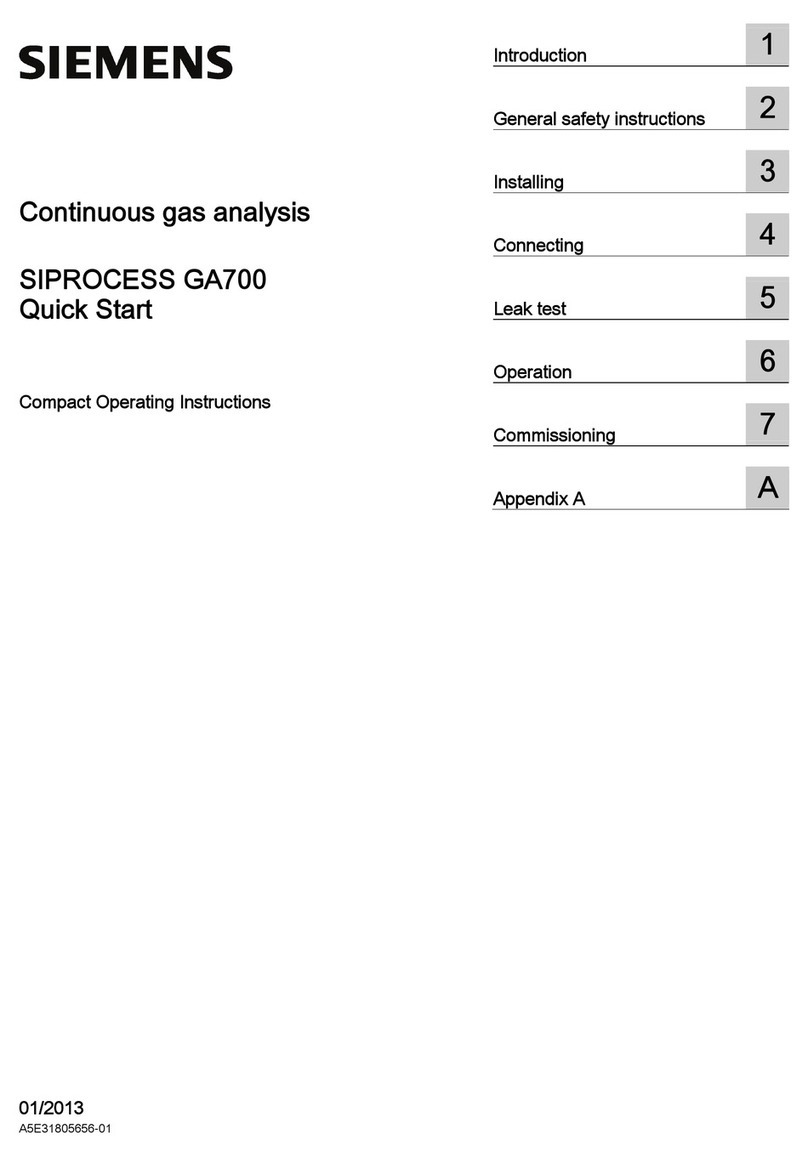
Table of contents
4
Quick Start
Compact Operating Instructions, 05/2018, A5E31805656-06
5 Installing ............................................................................................................................................... 31
5.1 General safety instructions for installation ............................................................................. 31
5.2 Installation instructions........................................................................................................... 33
5.3 Rack-mounted device ............................................................................................................ 34
5.3.1 Device-specific safety instructions ......................................................................................... 34
5.3.2 Installing the rack-mounted device ........................................................................................ 35
5.4 Wall-mounted device ............................................................................................................. 36
5.4.1 Device-specific safety instructions ......................................................................................... 36
5.4.2 Installing the wall-mounted device......................................................................................... 36
6 Connecting ........................................................................................................................................... 39
6.1 Gas connections .................................................................................................................... 39
6.1.1 General safety instructions for gas connections .................................................................... 39
6.1.2 Connection information .......................................................................................................... 40
6.1.3 Installing/removing the sample gas restrictor ........................................................................ 42
6.1.4 Gas connections for rack device/wall-mounted device.......................................................... 43
6.1.4.1 OXYMAT 7 ............................................................................................................................. 43
6.1.4.2 ULTRAMAT 7......................................................................................................................... 46
6.1.4.3 CALOMAT 7........................................................................................................................... 48
6.1.4.4 Purging gas connections on wall-mounted device................................................................. 50
6.1.5 Connecting gas ...................................................................................................................... 51
6.2 Electrical connections ............................................................................................................ 51
6.2.1 General safety instructions for electrical connections............................................................ 51
6.2.2 Connection information .......................................................................................................... 52
6.2.3 Requirements for electrical connection.................................................................................. 53
6.2.4 Connecting rack-mounted device electrically ........................................................................ 53
6.2.4.1 Connecting signal and Ethernet cables ................................................................................. 53
6.2.4.2 Connecting the power supply................................................................................................. 55
6.2.4.3 Electrical connections and pin assignments at the rack-mounted device ............................. 56
6.2.5 Connecting wall-mounted device electrically ......................................................................... 60
6.2.5.1 Device-specific safety instructions ......................................................................................... 60
6.2.5.2 Connecting the signal cables ................................................................................................. 61
6.2.5.3 Connecting the Ethernet cable............................................................................................... 62
6.2.5.4 Connecting the power supply................................................................................................. 64
6.2.5.5 Electrical connections and terminal assignment at the wall-mounted device........................ 65
6.2.6 Spark suppression: Example ................................................................................................. 69
6.2.6.1 Overview: Spark suppression for rack-mounted device ........................................................ 70
6.2.6.2 Overview: Spark suppression for wall-mounted device......................................................... 71
6.2.6.3 Measures to suppress sparks ................................................................................................ 71
7 Commissioning ..................................................................................................................................... 73
7.1 General safety instructions for commissioning ...................................................................... 73
7.2 General information on commissioning ................................................................................. 74
7.3 Gas preparation ..................................................................................................................... 76
































